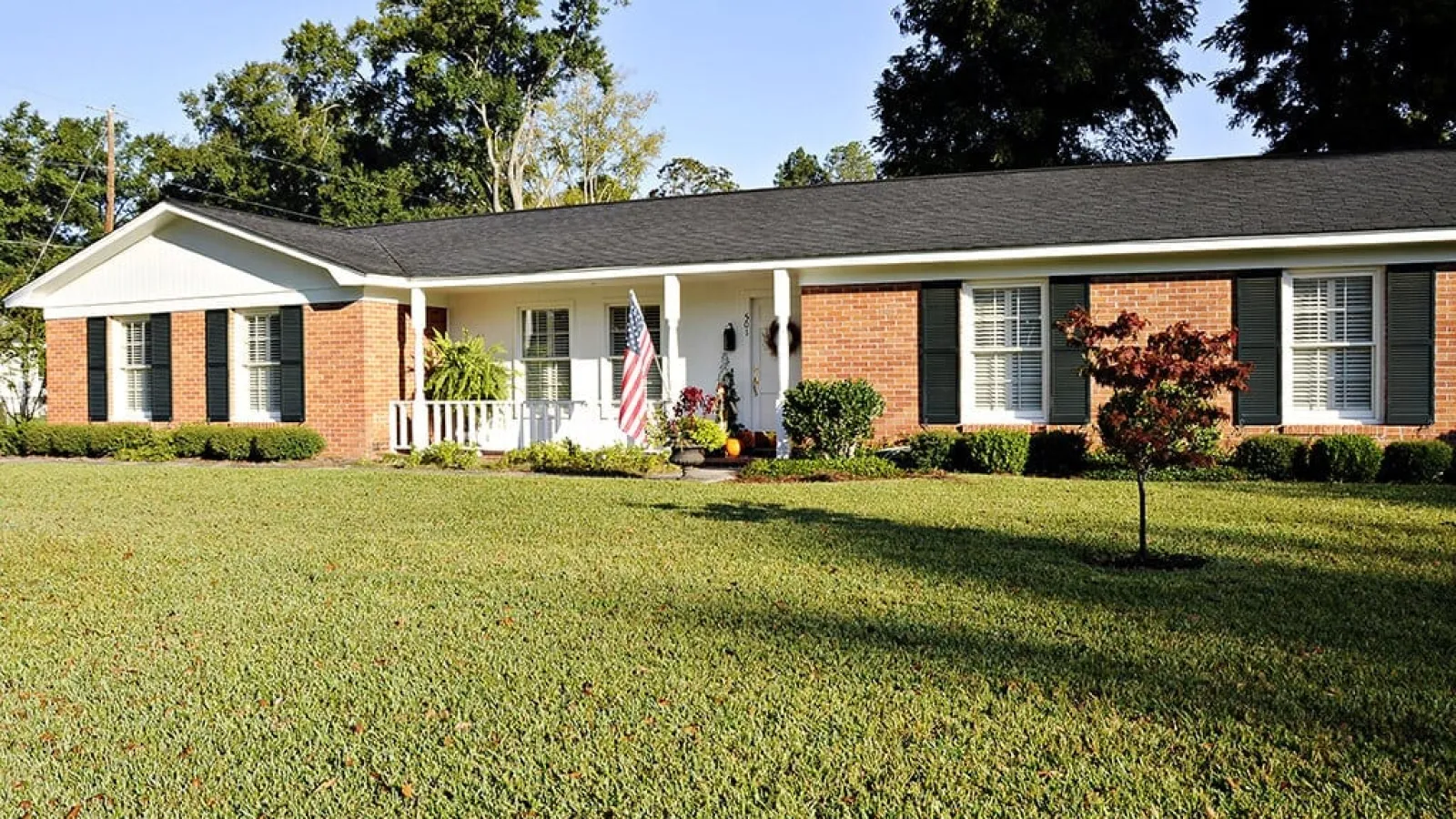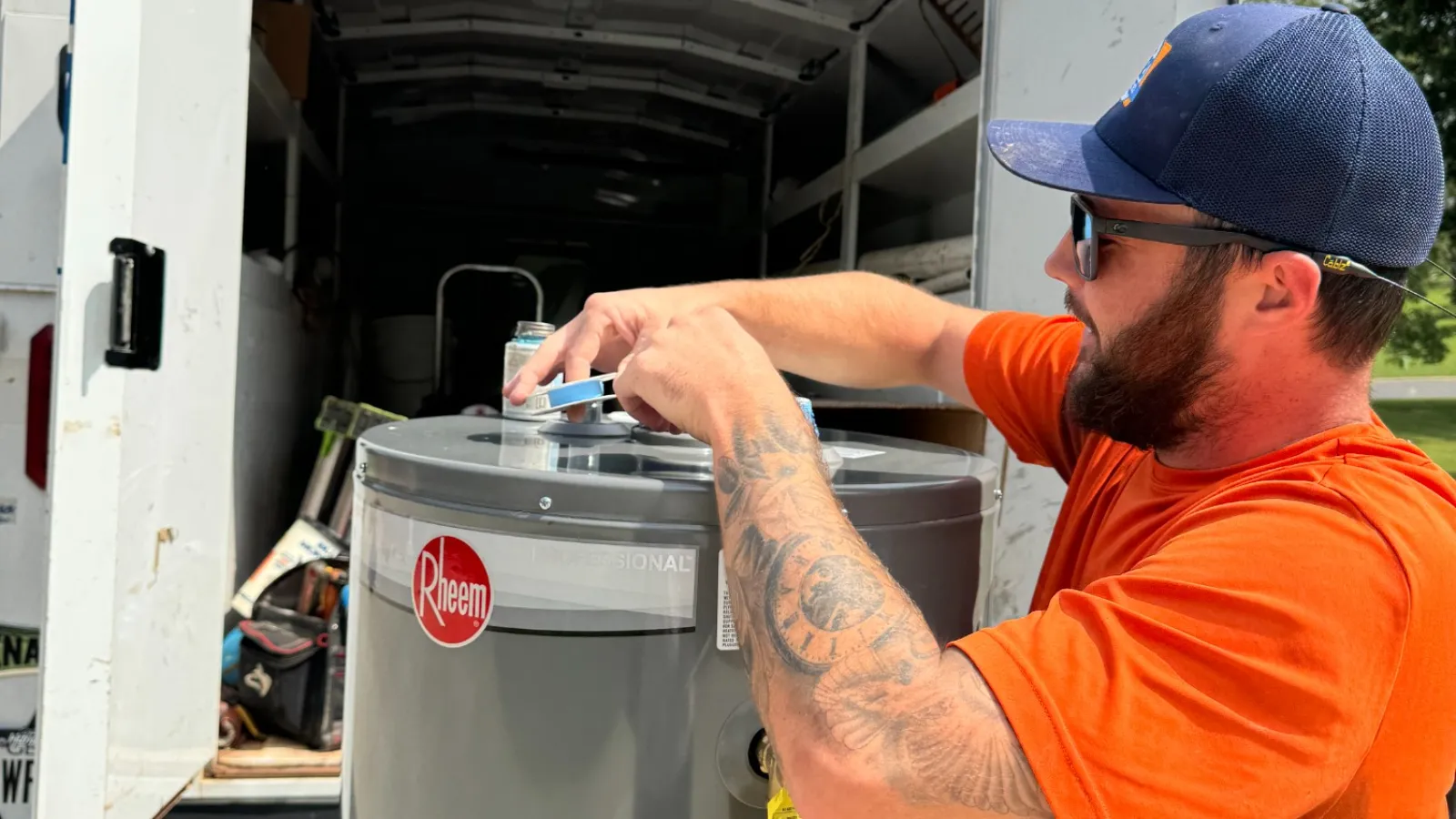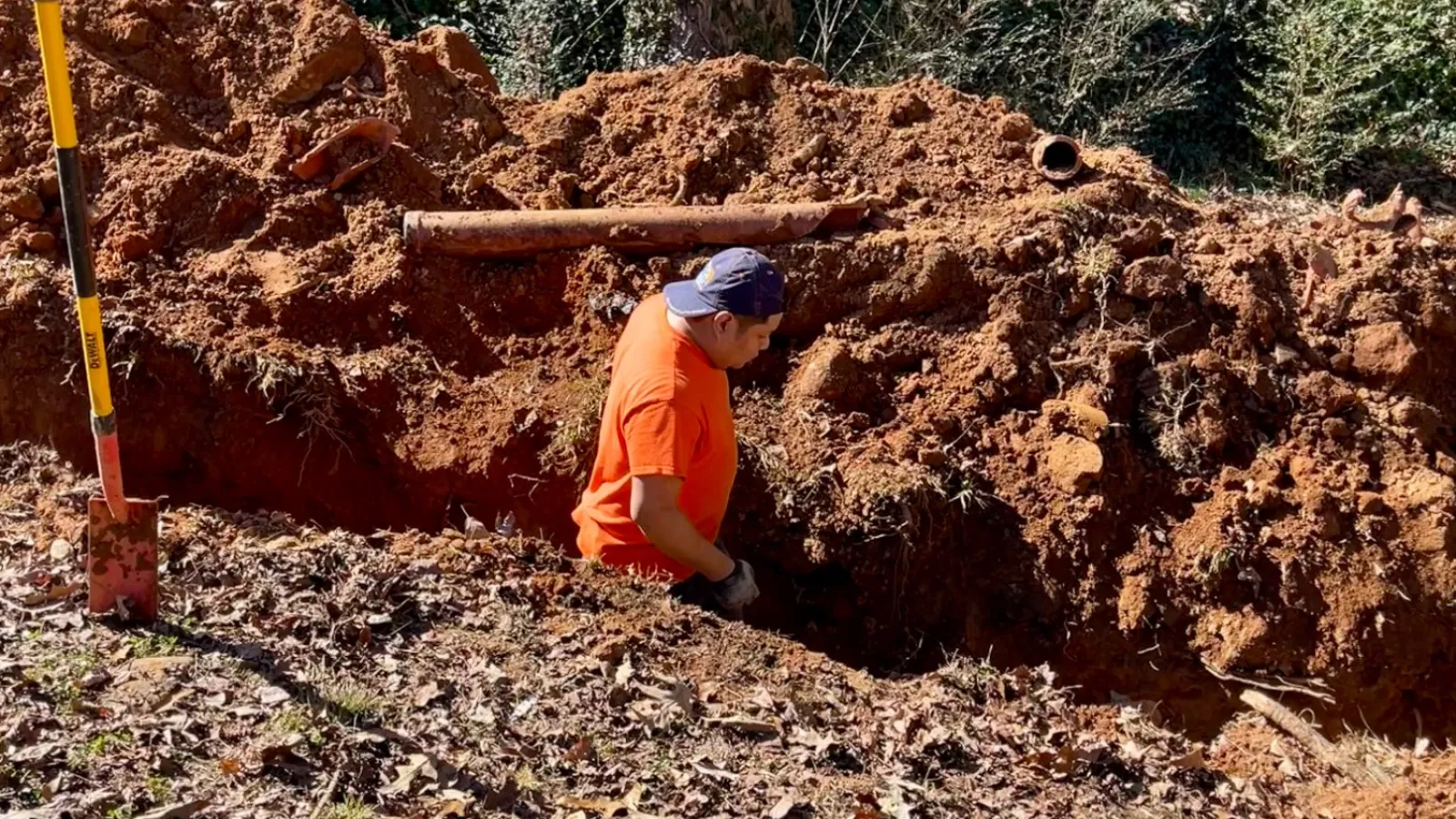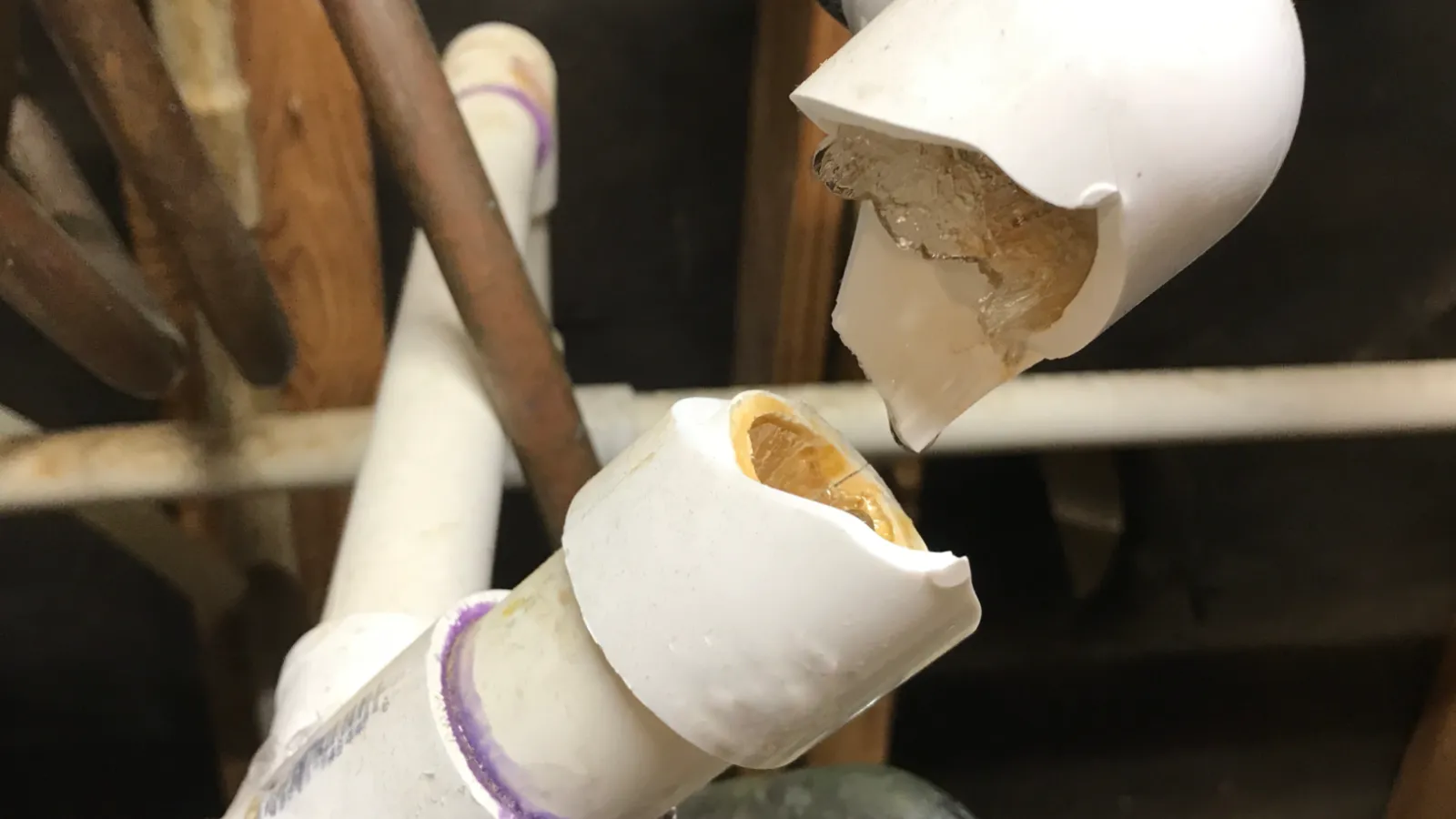If your home was built before 1972, read this!
Have you heard of something called Orangeburg? Unless you’re a plumber, you may be unaware Orangeburg piping was used primarily in sewer and drain applications between the late 1940s until the 1970s. If you’re a resident in or around Atlanta, Georgia, and your home was built during this period, you might have Orangeburg pipes running through your drains and sewer.
Plumber History: The Story of Orangeburg
The history behind the Orangeburg pipe is rich and points towards a prosperous industrial age in the United States. Discover why these pipes were popular and what brought about the end of the Orangeburg pipe-era. Call Estes Services for help from a licensed plumber, especially if you have Orangeburg pipes.
Orangeburg pipes first began as a type of conduit, which was made of wood fibers compacted together with an adhesive and saturated with liquefied coal tar pitch. It was exclusively used as conduit for over forty years with many buildings using it for running electrical lines through walls and floors of new constructions.
Many skyscrapers in New York City, the Empire State Building, and the New York Park Avenue Tower were among some of the more notable structures to use this form of conduit. Popularity grew during World War II where the conduit was used in airfields and military bases.
Business was booming and the original creator of the conduit, Fibre Conduit Company, changed to the Orangeburg Manufacturing Company in the late 1940s. This was when the Orangeburg pipe came into existence.
It was a round version of the conduit formed with several layers of cellulose ground wood fibers. The pipe ranged in sizes from two inches to 18 inches in diameter and became popular for drain and sewer applications. The couplings were made with similar material with no joint sealants or gaskets.
The downfall of the Orangeburg pipe was the birth of the PVC pipe in the early 1970s. In 1972, the Orangeburg plant in New York shut down. Orangeburg pipes and conduit are still used throughout the United States in buildings, under streets, and residential sewer systems.
The history of Orangeburg pipes is fascinating, but sadly the pipes themselves are problematic in today’s world.
The Flaws of Orangeburg Pipes
There are several problems with Orangeburg pipes, so yours needs to be checked if your home was built before the early 1970s. Due to the simple compression and lightness of the pipe, Orangeburg is highly susceptible to root intrusion and damage from concentrated pressure.
The construction of the pipe makes it fragile and easily cut with a carpenter saw. It was recommended Orangeburg pipes were to be bedded using only soil free of any rocks or other debris.
Unfortunately, tree roots still affected these pipes and caused them to deform regardless of how well they were bedded. In addition, because of their makeup, they are considered to have a limited structural life expectancy. If you have them, your plumbing may be on borrowed time!
A Plumber from Estes Services is Ready to Help You
Whether you have Orangeburg pipes coursing through your sewer and drain system or just the regular pipes, it’s important to schedule plumbing services annually. Make your life easier with sewer and drain inspections, cleanings and repairs.
Call Estes Services to schedule pro plumber drain cleaning services or an inspection of your plumbing system. Our plumbing professionals will assist you with whatever your needs are and leave your water flowing freely!




